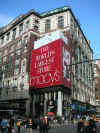 |
New York
Architecture Images- Midtown Macy’s |
|
architect |
|
|
location |
34th-35th Streets, bet. Broadway and Seventh Ave. |
|
date |
1902 |
|
style |
Beaux-Arts |
|
construction |
|
|
type |
Shop |
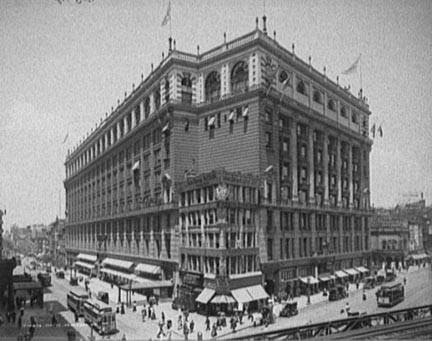 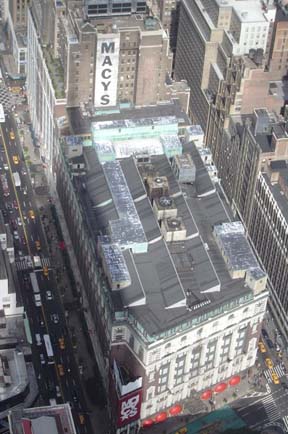 |
|
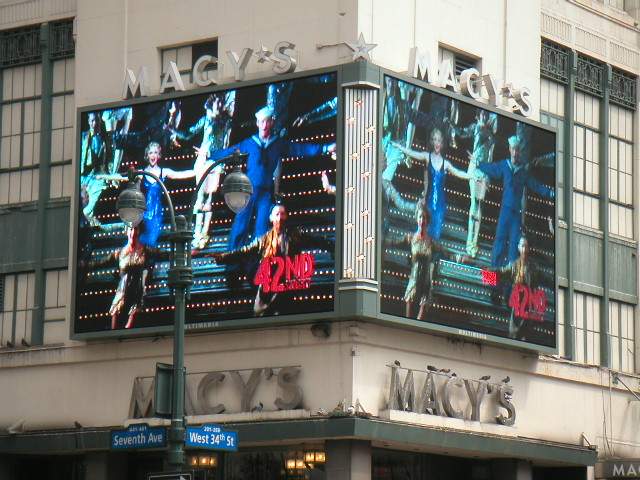 |
|
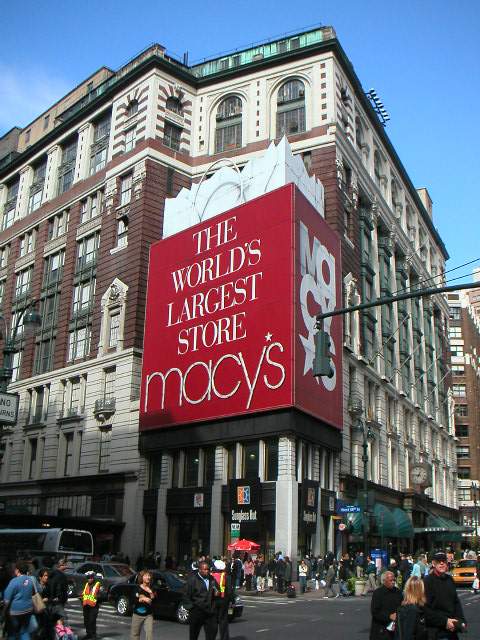 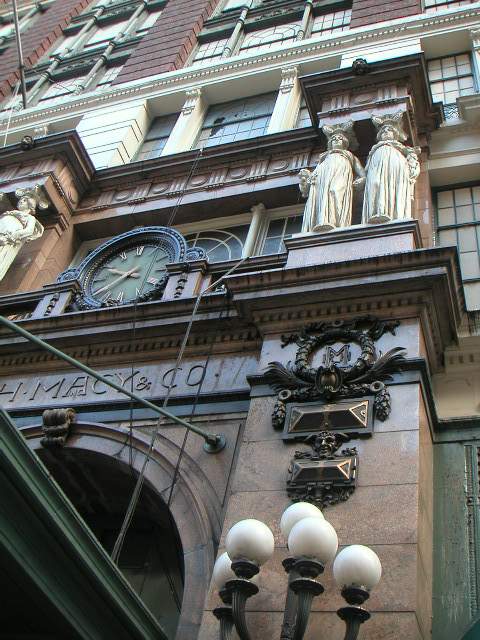 |
|
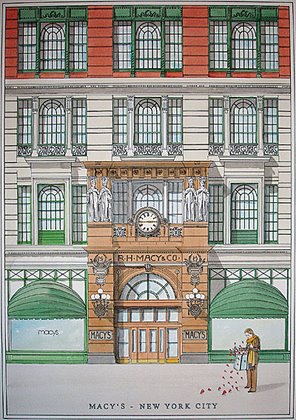 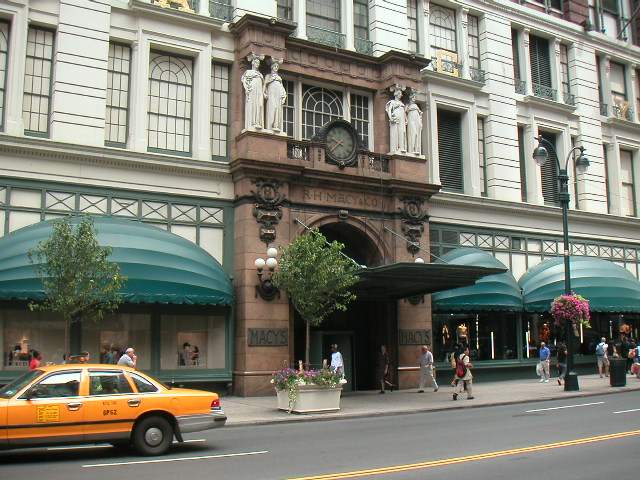 |
|
| Rendering copyright Simon Fieldhouse. Click here for a Simon Fieldhouse gallery. | |
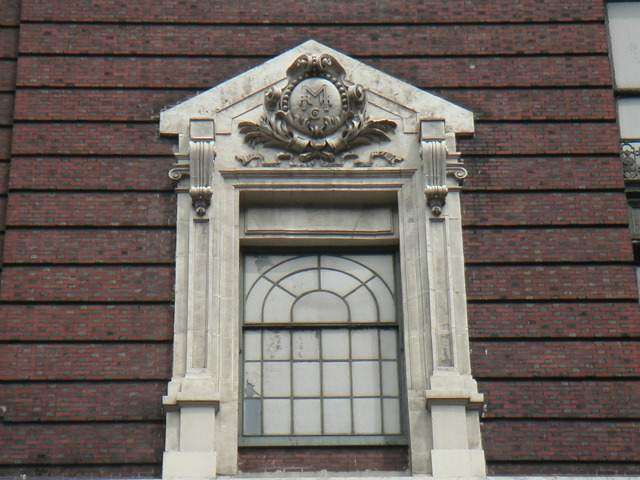 |
|
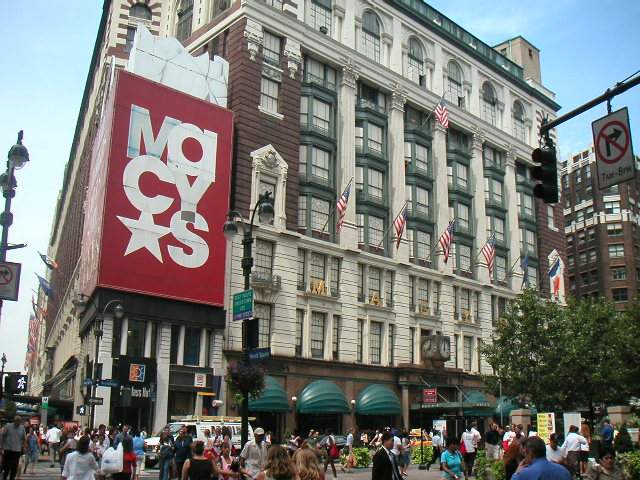 |
|
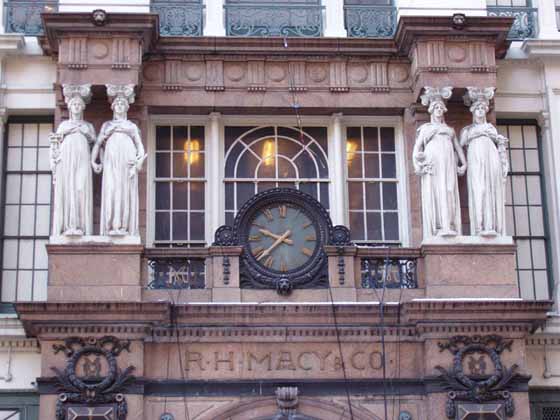 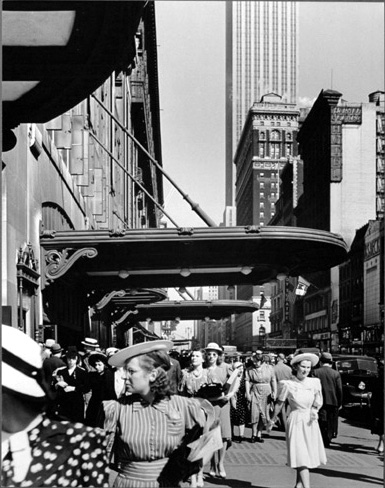 |
|
 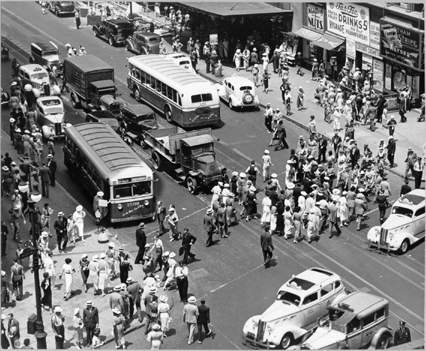 |
|
|
notes |
1858 - Rowland
Hussey Macy was a Nantucket Quaker and whaler who failed several times as a
store owner until he founded a "fancy dry goods" store in New York City on
6th Avenue near 14th Street in 1858. He began selling at a fixed price for
cash, discounted and advertised his merchandise. The red star tatooed on his
hand as a 15-year old boy on the whaling ship Emily Morgan became the
symbol of the new store. In 1866 he bought an adjoining building for
expansion, and by 1872 owned four buildings and by his death in 1877 owned
11 buildings. He was one of the first owners to employ women executives, and
Margaret Getschell rose from cashier in 1866 to store superintendent and
husband of one of the owners. In 1887 Isidore and Nathan Straus became part
owners, and bought full control in 1898. The Strauses moved the store from
14th Street to Herald Square, and in 1902 built a new store on this site
where Koster & Bial's Music Hall once stood and where Thomas Edison first
projected his Vitascope motion picture. The new Macy's store was proclaimed
"the largest store on earth" with 9 stories and 33 elevators and 4
escalators and pneumatic tube system. This structure grew 30 stories
covering an entire city block by 1924. With a "6% less for cash" policy it
attracted thousands of customers. By 1977 Macy's was the nation's 5th
largest department store chain with 76 stores, sale over $1.6 billion, and
full ownership of 5 regional shopping centers and 50% interest in 3 other
centers. No one would have guessed that the small, fancy dry goods store that opened on the corner of 14th Street and 6th Avenue in New York City in 1858 would grow to be one of the largest department store retailers in the country. But after several failed retail ventures, Rowland Hussey Macy's determination and ingenuity paid off at the age of thirty-six with the launch of R.H. Macy and Co. He adopted a red star as his symbol of success, dating back to his days as a sailor. First day sales totaled $11.06 but by the end of the first full year, sales grossed almost $90,000. By 1877, R.H. Macy & Co. had become a full-fledged department store occupying the ground space of eleven adjacent buildings. Always the innovator, Macy's is known for several firsts that revolutionized the retail industry. Macy's was the first retailer to promote a woman, Margaret Getchell, to an executive position, making business history. Macy's pioneered such revolutionary business practices as the one-price system, in which the same item was sold to every customer at one price, and quoting specific prices for goods in newspaper advertising. Known for its creative merchandising, Macy's was the first to introduce such products as the tea bag, the Idaho baked potato and colored bath towels. Macy's was also the first retailer to hold a New York City liquor license. By November 1902, the store had outgrown its modest storefront and moved uptown to its present Herald Square location on Broadway and 34th Street, establishing an attraction for shoppers from around the world. With the store's 7th Avenue expansion complete in 1924, Macy's Herald Square became the "World's Largest Store", with over one million square feet of retail space. By 1918, R.H. Macy & Co. was generating $36 million in annual sales. Yet, the prosperity of the retailer was never more apparent than when the company went public in 1922 and began to open regional stores and take over competing stores. In 1923, the Toledo-based department store LaSalle & Kock was acquired; the next year, Davison-Paxton in Atlanta was acquired and in 1936, the Newark-based Bamberger's was purchased. To help celebrate their new American heritage, Macy's immigrant employees organized the first Christmas Parade in 1924. The procession featured floats, bands, animals from the zoo and 10,000 onlookers, beginning a time-honored tradition now known as the annual Macy's Thanksgiving Day Parade®. In 1945, the company expanded west and purchased O'Connor Moffatt and Company in San Francisco. Two years later, O'Connor Moffatt stores, including the landmark Union Square store which opened in 1866, were converted to Macy's after a survey indicated that San Franciscans would welcome the name. Macy's California broke new ground with the first department store flower show in 1946. What began as a fragrance promotion in the cosmetics department now annually welcomes the spring season, treating visitors to a botanical, cultural and community spectacle. It caught on in New York six years later. In 1971, Macy's Union Square store's lower level, once cluttered with bargains, was transformed into "The Cellar," changing the way customers shop for housewares. Due to its success, the Herald Square store followed suit five years later. On December 19, 1994, Federated Department Stores (FDS) merged with R.H. Macy & Co., creating the world's largest premier department store company. Federated Department Stores operated over 400 department stores and more than 157 specialty stores in thirty-seven states. A & S Department Stores, purchased by FDS in 1929, were converted to the Macy's nameplate in May 1995. Also in 1995, FDS acquired the Broadway Department Stores, bringing Broadway, Emporium and Weinstocks to the Macy's family, as well as six former I. Magnin stores; some forty-six stores were converted to Macy's. Following the lead of A & S, Jordan Marsh Department Stores of Boston, already owned by FDS, were converted to Macy's in March 1996. In January 2001, Macy's absorbed seventeen Stern's Department Stores located in New York and New Jersey. In June 2001, FDS purchased the Liberty House operations in Hawaii and Guam, bringing the proud Macy's tradition and heritage to the Pacific. As of November 2003, there are 248 Macy's stores in twenty-one states, Puerto Rico and Guam. Federated, with corporate offices in Cincinnati and New York, is one of the nation's leading department store retailers with annual sales of more than $15.4 billion. Federated currently operates more than 460 department stores in thirty-four states, Puerto Rico and Guam under the names of Macy's, Bloomingdale's, Bon-Macy's, Burdines-Macy's, Goldsmith's-Macy's, Lazarus-Macy's, and Rich's-Macy's. Federated also operates macys.com and Bloomingdale's By Mail. |